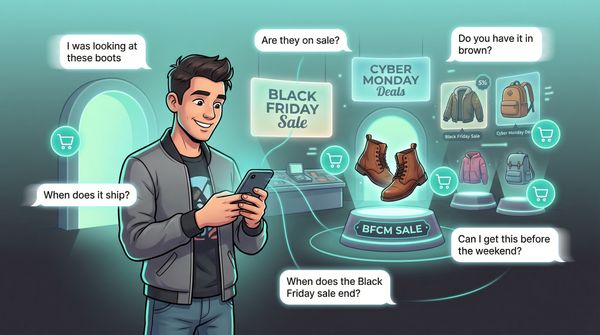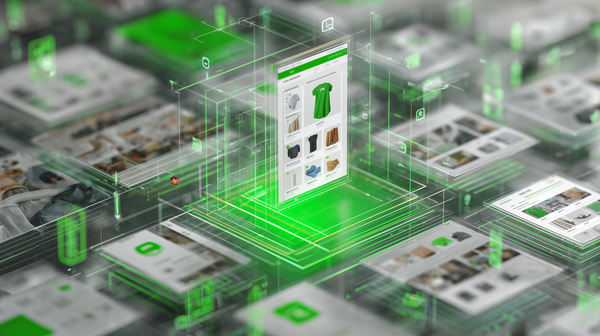How Shopify Brands Can Win Post-Cookie: The Zero-Party Data Playbook
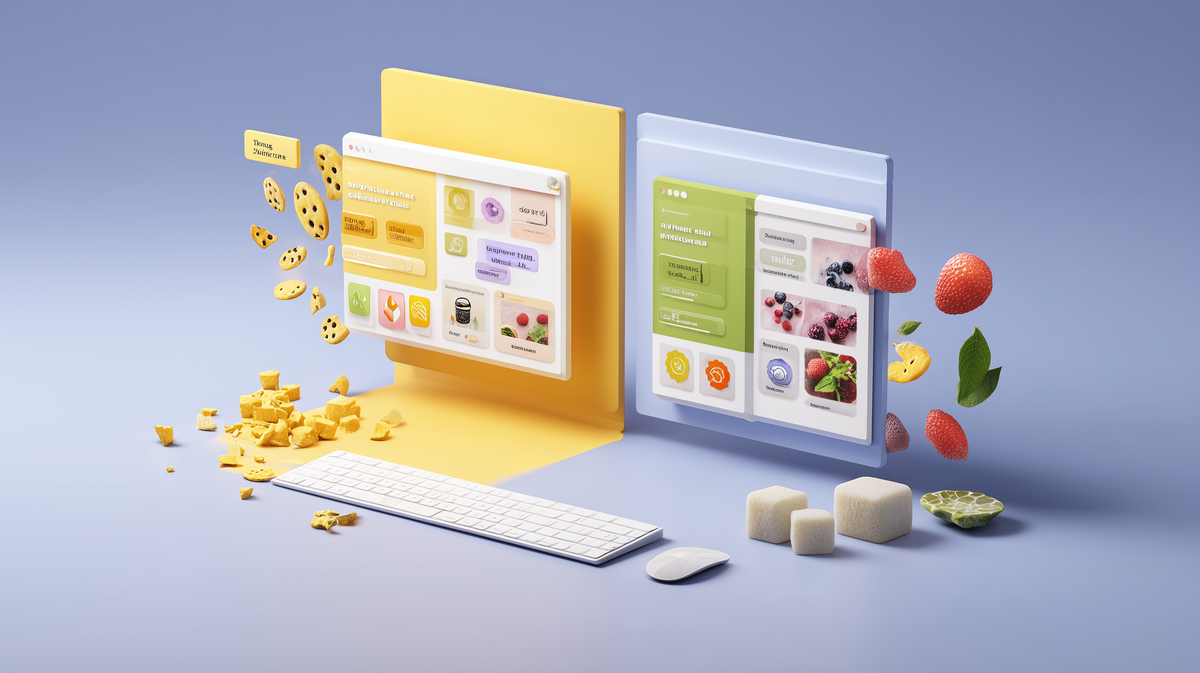
The cookie’s crumbling—and for Shopify brands, that's not a punchline. Google will phase out third-party cookies by the end of 2024 (CookieInformation), and platforms like Apple and Meta are tightening data privacy even further. The days of cheap, passive tracking are gone.
The smart DTC brands? They're not panicking. They’re pivoting—by collecting and activating zero-party data: information customers choose to share. That shift isn’t just compliant—it’s a retention superpower.
Why Zero-Party Data Actually Moves the Needle
Zero-party data isn’t a new idea. But in 2025, it’s become a real operator advantage.
“The most effective personalization comes from data customers choose to share.”
— Eric Siu, CEO of SingleGrain
The shift is already paying off. Brands using zero-party inputs like quizzes, preference centers, and post-purchase surveys are seeing higher conversion rates, fewer returns, and better retention (Bluebarry AI).
How to Collect Zero-Party Data (Without Killing Conversion)
DTC brands don’t need more forms—they need frictionless data capture. The best zero-party plays feel like shopping tools, not surveys.
| Tactic | Results |
|---|---|
| Product quizzes | A Shopify fashion brand using a fit quiz saw +40% CTR and 60% fewer returns [Bluebarry AI] |
| Post-purchase surveys | Over 3,000 Shopify brands use Fairing to close attribution gaps [Fairing] |
| VIP opt-ins | One brand 3×’d segmentation accuracy with a simple preference form [LinkedIn] |
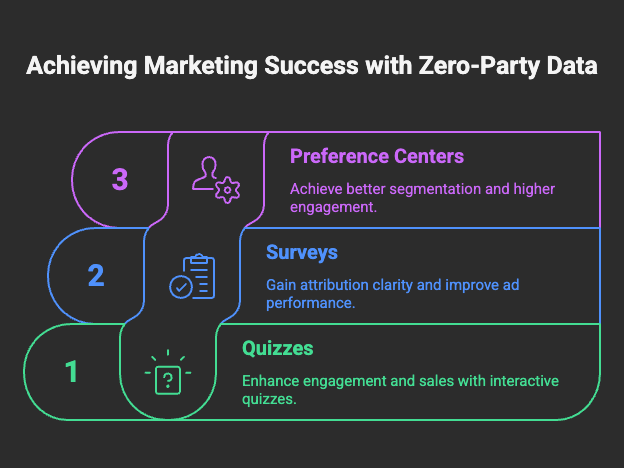
Pro tip: Keep every touchpoint short, relevant, and clearly valuable to the customer.
It’s Not About Collection. It’s About Activation.
Zero-party data isn’t useful unless you put it to work. Operators seeing real ROI are doing three things:
- Email/SMS personalization: Zero-party-driven flows see +40–55% lifts in open and click rates (SingleGrain)
- Website customization: Tailoring homepage modules and PDPs based on quiz data improves time on site and CVR
- Paid media refinement: Feeding zero-party data into Meta’s Conversion API improves ROAS without cookies (TikTok Business)
The best brands don’t treat zero-party data as CRM fluff. They use it to rewire acquisition and retention.
The Shopify Stack for Zero-Party Execution
You don’t need a full replatform. Most of what you need is already in the Shopify ecosystem.
| App Category | Tools | Why It Matters |
|---|---|---|
| Quizzes | Octane AI, Jebbit, Gobot, Quizify | Shopify merchants report up to $29K/monthly lift [Saufter.io] |
| Post-purchase surveys | Fairing, KnoCommerce, Okendo | Integrates with TikTok + email flows for better attribution [TikTok Business] |
| Preference Centers | Shopify Email, Klaviyo, Attentive | Builds retention-first segments and reduces email fatigue |
Bonus: Tools like LiveRecover layer on human-powered SMS to recover abandoned carts and follow up post-purchase—personalized, not robotic.
Building the Cookieless Stack That Actually Converts
Here’s the blueprint most operators are moving toward:
- First-party tracking via GA4 + Shopify Analytics
- Zero-party inputs via quizzes, surveys, and preference centers
- Unified profiles via Klaviyo or a light CDP
- Consent-forward ads using Meta’s CAPI or Google’s Enhanced Conversions
- Owned channel retention: personalized email/SMS flows based on data customers willingly provided
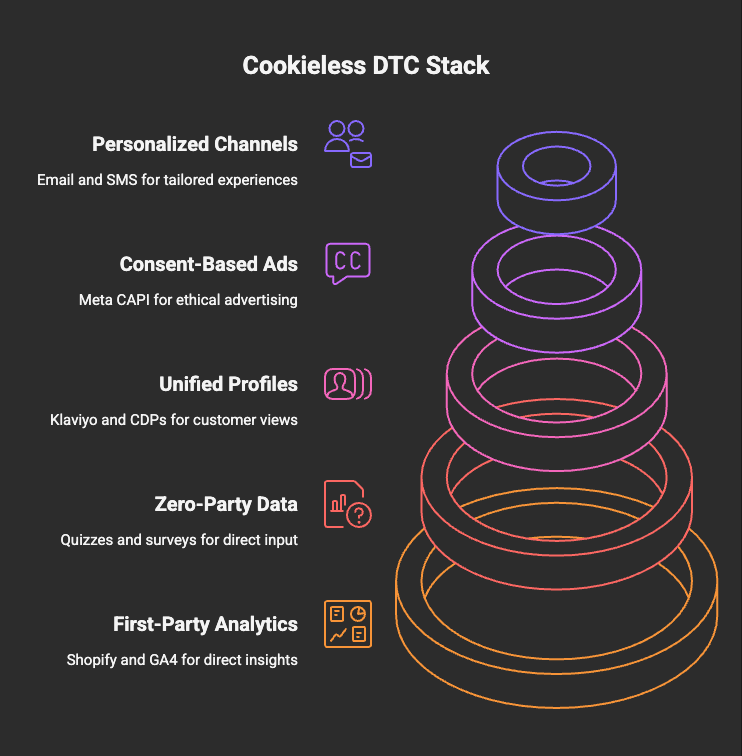
This isn’t about replacing cookies 1:1. It’s about rebuilding trust with segmentation that feels smarter and more human.
The Bottom Line
Privacy changes aren’t a blocker—they’re a reset. Brands that lean into explicit data, shared voluntarily, will come out ahead.
Zero-party data isn’t just compliant. It’s how modern DTC brands create more relevant journeys, increase LTV, and future-proof every channel they own.
Subscribe for weekly DTC insights.

